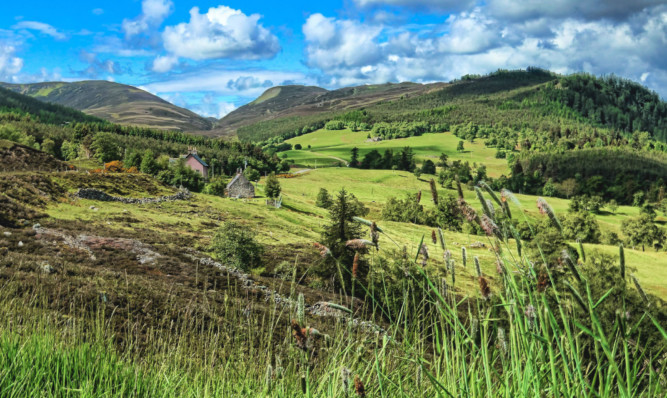A masterplan to shape the future of Britain’s biggest national park has been approved.
The first development plan for the Cairngorms will establish policies and proposals to protect the renowned beauty spot for the next decade.
The Local Development Plan (LDP) was formally adopted at a meeting of the Cairngorms National Park Authority (CNPA) at Blair Atholl.
It will be used by local authorities including Perth and Kinross Council to inform officers on all future planning applications for the site, which covers more than a million acres.
The CNPA said the guide will help to simplify the planning process and establish continuity, ensuring the right developments happen in the right places.
Murray Ferguson, the organisation’s director of planning and rural development, said: “The plan sets out what type of development is encouraged, where, and the areas of the national park to be protected.
“It contains a range of policies to ensure the best possible outcome in every case, helping to guide communities, developers, businesses and landowners as to how their ambitions can be achieved.”
“We have restricted and refreshed our planning team recently and the new plan gives a further opportunity to improve our service still further and to focus on delivery of the right sort of development.”
The authority’s planning committee convener, Eleanor Mackintosh, said: “It’s an exciting time for us as a planning committee, as we enter this new era with a development plan that now covers the entire national park.
“I am keen to see the plan influence all our areas of work in nature conservation, visitor experience and rural development.
“The biggest challenge over the next five years will be ensuring that we encourage development that fits with the very special nature of the park and, crucially, that we’re allocating land to deliver homes that are high quality and affordable.
“We now have a development plan before us that will help to achieve that aim.
“A lot of individual people and groups have taken time to help us shape this plan; it’s a long and sometimes challenging process but their involvement is critical to our success and I’d like to thank them for their time and energy in getting to this stage.”
The board also adopted a second core paths plan for the Cairngorms, which will help manage its 666-mile network of working routes. The park was established in 2003 and is the biggest of its kind in Britain, covering nearly 1,750 square miles.
The CNPA was set up to ensure that unique aspects of the site in terms of both natural environment and rural communities are cared for, sustained and enhanced for current and future generations.
